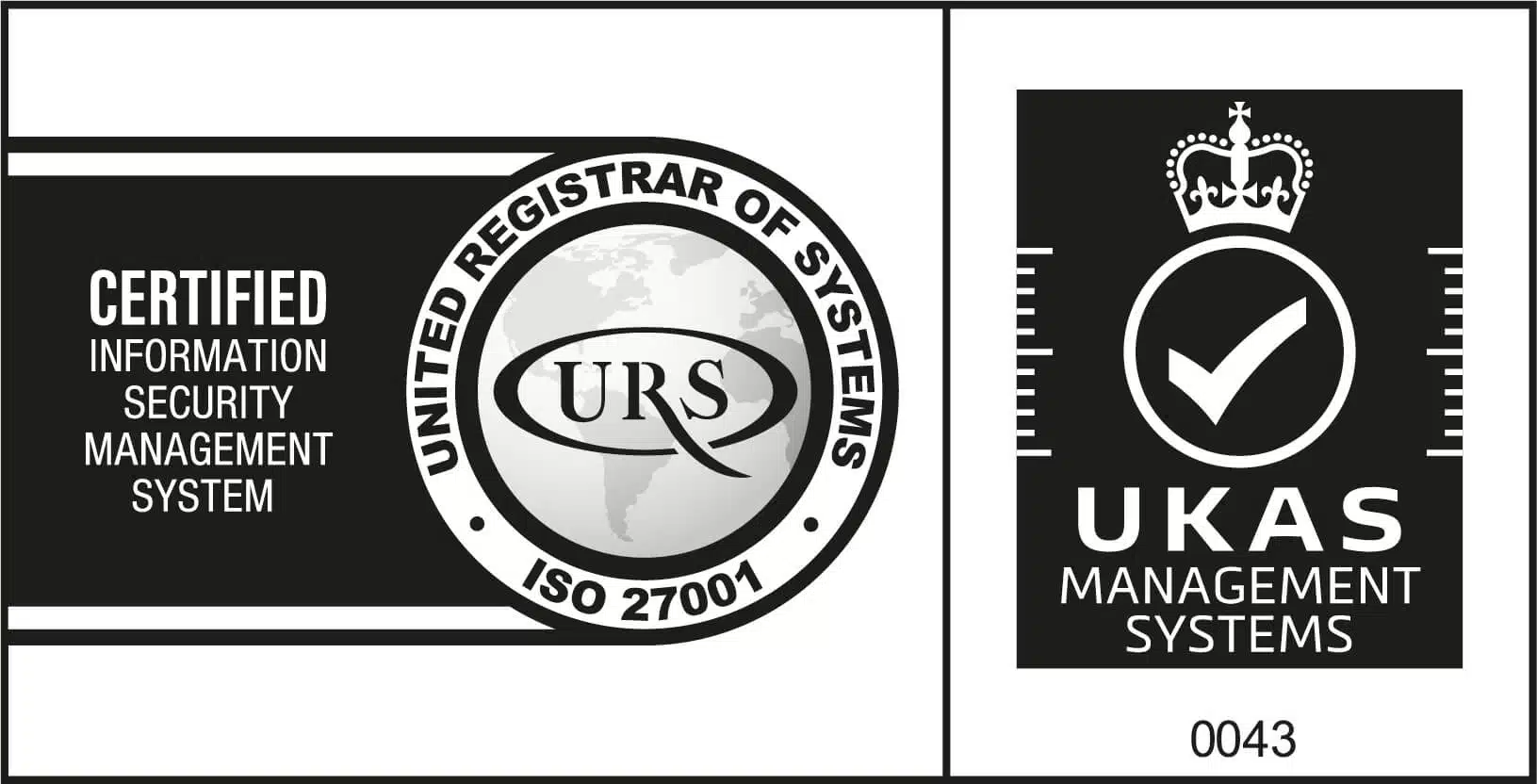Use Case:
Firm type:
Any equity exchange
What do you need/want to do?
Analytics for global markets (or a given peer group) in order to:
Understand trends
Monitor trading activity
Review the quality of liquidity
Understand your own market quality and performance
Compare performance to other relevant exchanges
What are the alternative solutions? What are their disadvantages?
In-house solution (time to market, cost of data and infrastructure)
Market data terminals (information has to be gathered for each exchange = increased cost)
What can big xyt do to help them address these issues? Solution components, functionality, etc.
Web-based application with rich visualisations and API access to liquidity analytics of global markets:
- Trading activity by value traded, volumes, average trade sizes
- Market quality metrics, e.g. quotes spreads, presence, effective spreads, market depth and price movement.
How long is the implementation and what resources are required from the client?
Instantaneous access
No implementation
No resources required from the client
Business users could immediately start using the product
What are the results/beneficial outcomes? What could you do now that you couldn’t do before?
Exchanges can:
Demonstrate strengths to participants
Respond to market trends with product innovation
Compare trading of securities listed across different exchanges
LOCATIONS
Kettenhofweg 55
60325 Frankfurt am Main
Germany
1 Poultry
London EC2R 8EJ
United Kingdom
Podwale 7
50-043 Wrocław
Poland
GET IN TOUCH
- [email protected]
- EMEA +44 20 36 03 10 58
- AMERICAS +1 888 464 1254
- APAC +65 3105 1520
- SUPPORT REQUESTS [email protected]
FOLLOW US
© Copyright 2025. All Rights Reserved.
